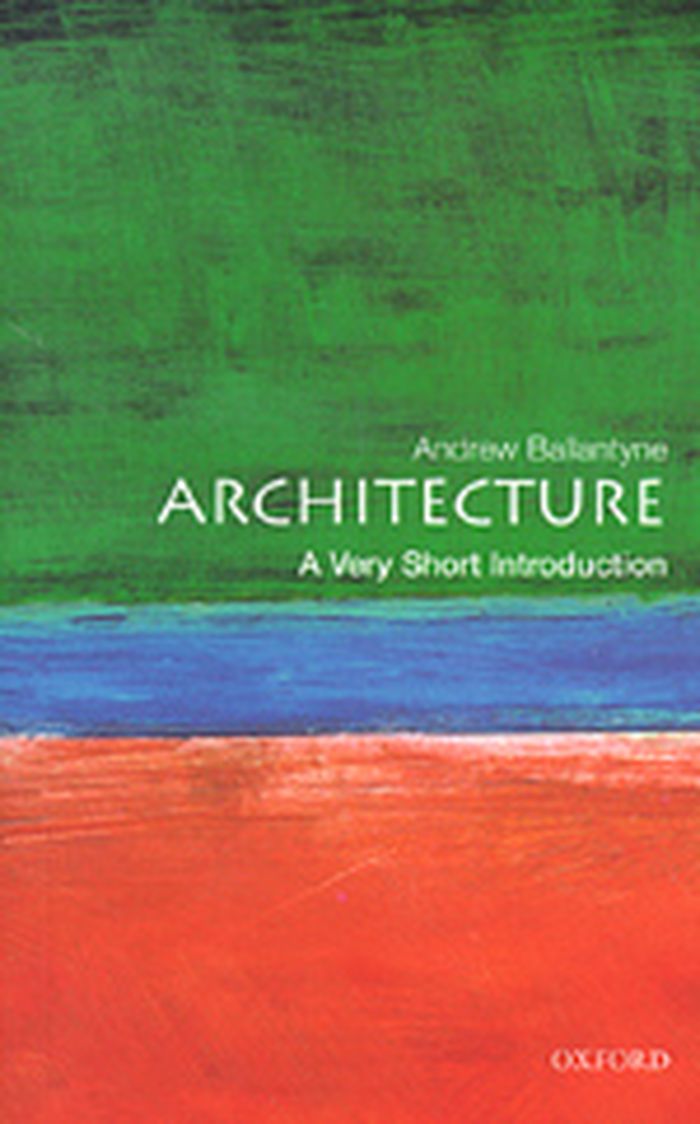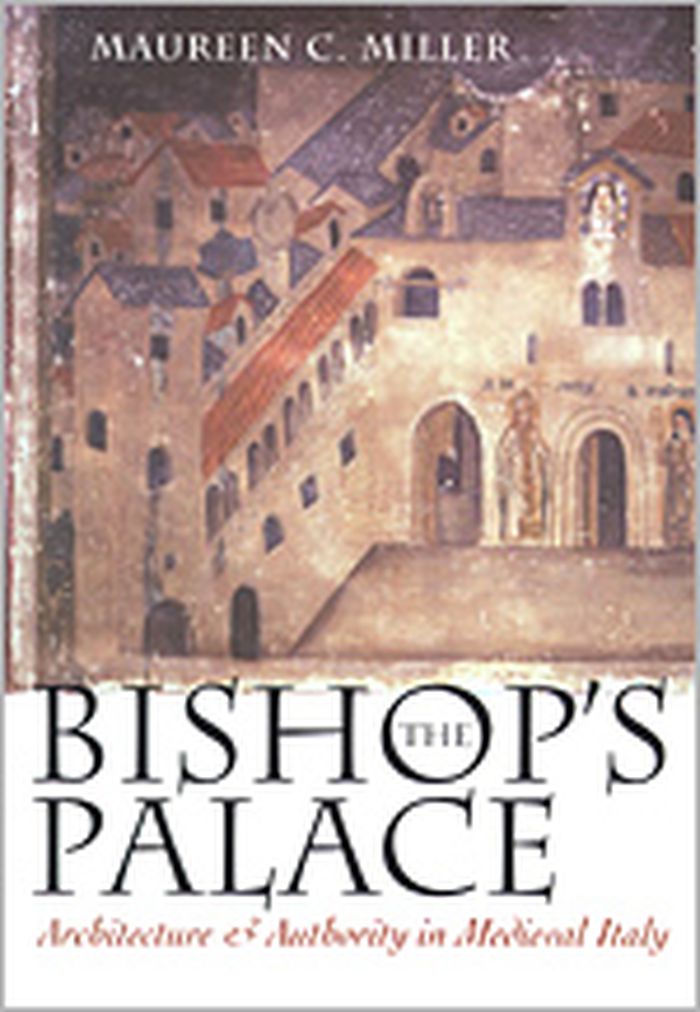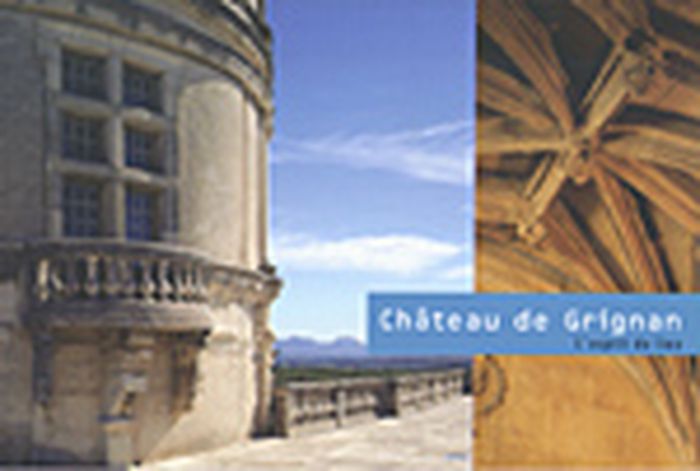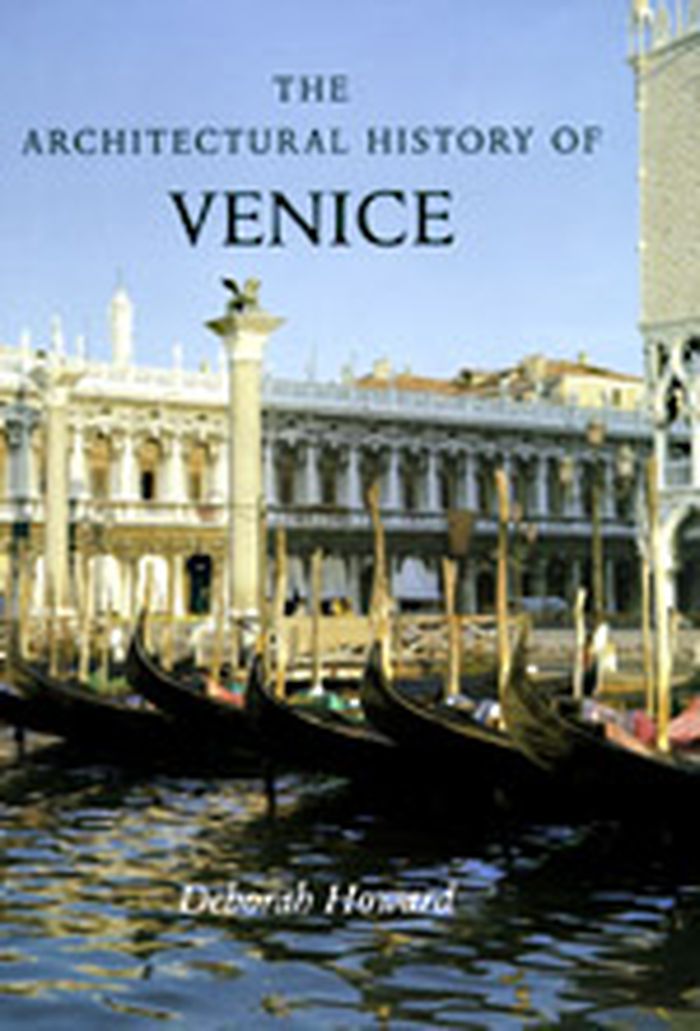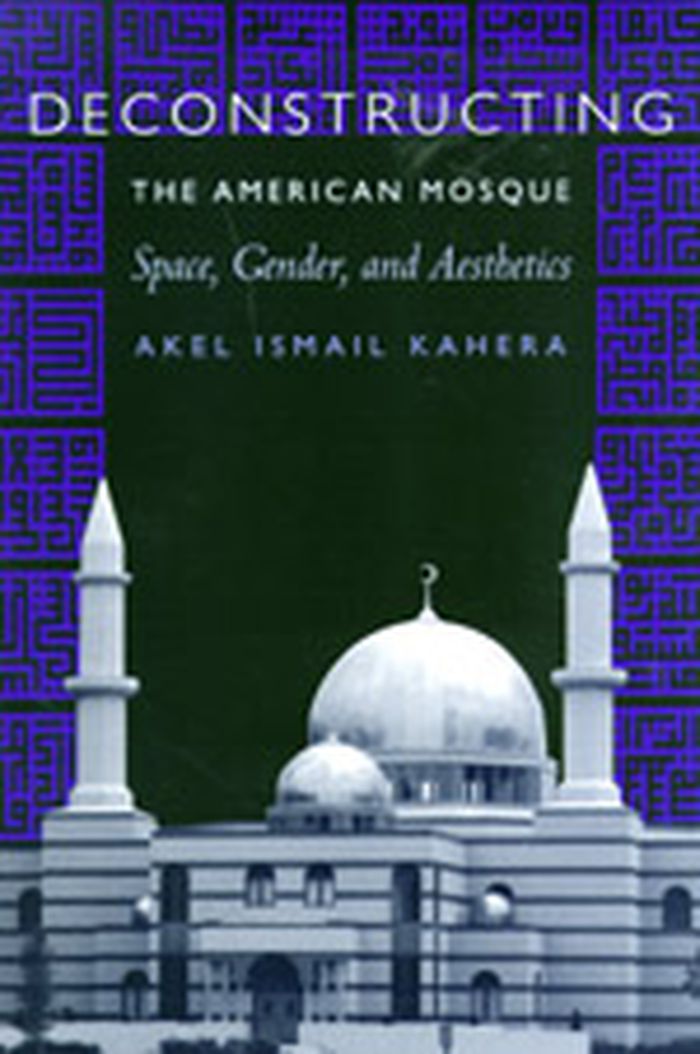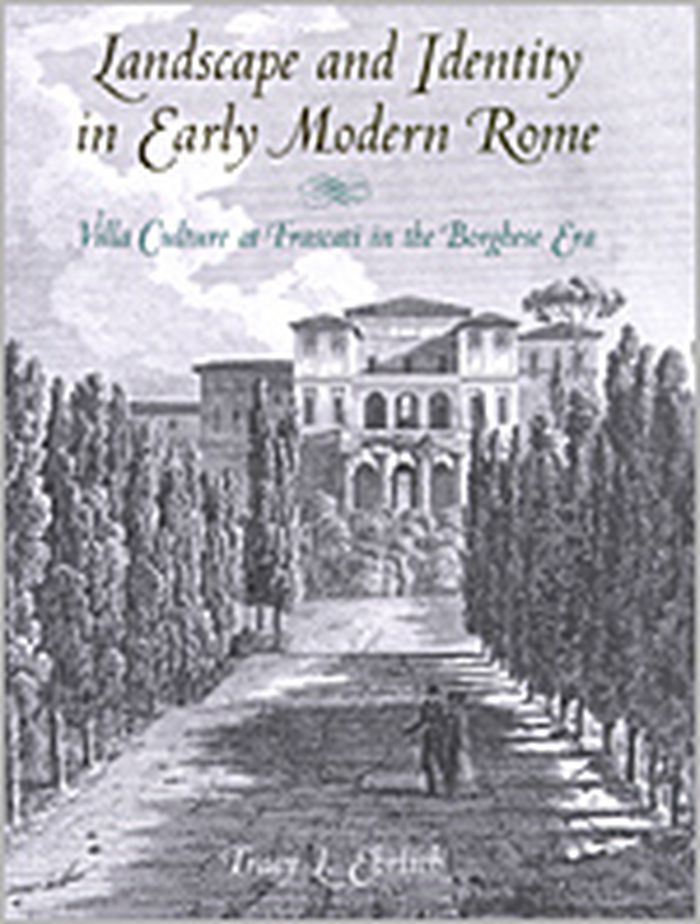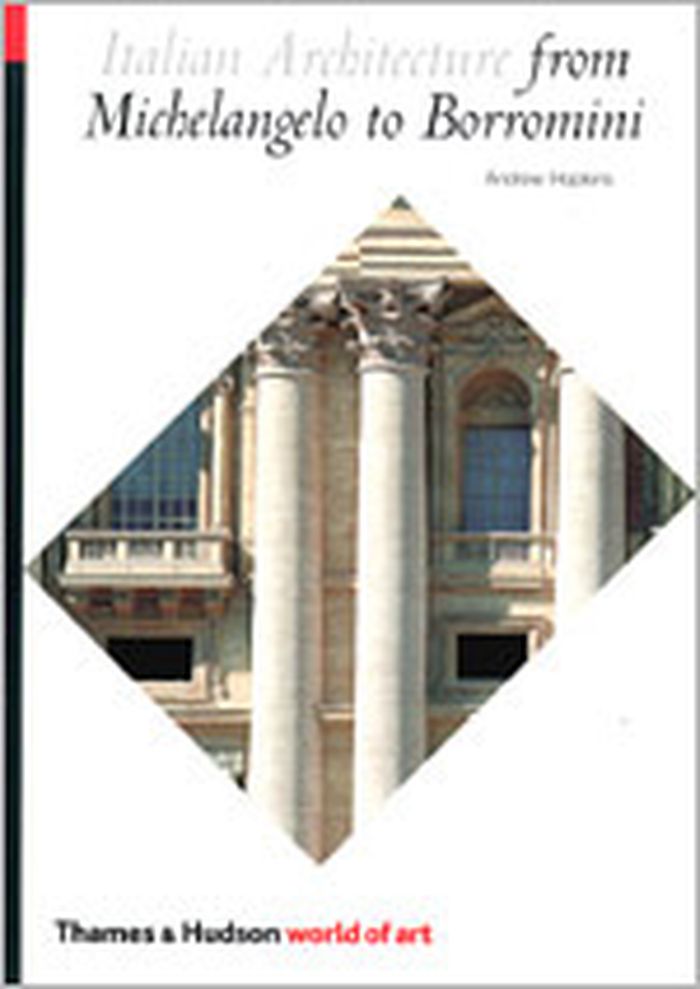Le rêve cistercien
$23.95
(available to order)
Summary:
Les cisterciens voulaient mener une vie monastique parfaite, sans compromission avec le siècle. Leur aventure spirituelle, commencée en 1098, est toujours actuelle, et concerne aujourd'hui quelque sept mille moines et moniales. Mais le rêve cistercien va bien au-delà d'une quête confinée aux monastères où vivent des chrétiens épris d'absolu. Il a profondément modifié les(...)
Le rêve cistercien
Actions:
Price:
$23.95
(available to order)
Summary:
Les cisterciens voulaient mener une vie monastique parfaite, sans compromission avec le siècle. Leur aventure spirituelle, commencée en 1098, est toujours actuelle, et concerne aujourd'hui quelque sept mille moines et moniales. Mais le rêve cistercien va bien au-delà d'une quête confinée aux monastères où vivent des chrétiens épris d'absolu. Il a profondément modifié les relations de l'homme à la nature, à la société, à l'art. Dès le XIIe siècle, la volonté de réforme et les aspirations mystiques de solitaires volontairement coupés du monde ont déterminé des métamorphoses qui nous concernent tous. Historien et archéologue, Léon Pressouyre nous convie à ce retour aux sources.
History until 1900
$11.95
(available to order)
Summary:
This book helps us to understand the cultural significance of the buildings that surround us. It avoids the traditional style-spotting approach in favour of giving an idea of what it is about buildings that moves us, and what it is that makes them important artistically and culturally.
Architecture : a very short introduction
Actions:
Price:
$11.95
(available to order)
Summary:
This book helps us to understand the cultural significance of the buildings that surround us. It avoids the traditional style-spotting approach in favour of giving an idea of what it is about buildings that moves us, and what it is that makes them important artistically and culturally.
History until 1900
$46.50
(available to order)
Summary:
This lavishly illustrated book looks at the art and architecture of episcopal palaces as expressions of power and ideology. Tracing the history of the bishop's residence in the urban centers of northern Italy over the Middle Ages, Maureen C. Miller asks why this once rudimentary and highly fortified structure called a domus became a complex and elegant "palace" (palatium)(...)
The bishop's palace : architecture & authority in medieval Italy
Actions:
Price:
$46.50
(available to order)
Summary:
This lavishly illustrated book looks at the art and architecture of episcopal palaces as expressions of power and ideology. Tracing the history of the bishop's residence in the urban centers of northern Italy over the Middle Ages, Maureen C. Miller asks why this once rudimentary and highly fortified structure called a domus became a complex and elegant "palace" (palatium) by the late twelfth century. Miller argues that the change reflects both the emergence of a distinct clerical culture and the attempts of bishops to maintain authority in public life. She relates both to the Gregorian reform movement, which set new standards for clerical deportment and at the same time undercut episcopal claims to secular power. As bishops lost temporal authority in their cities to emerging communal governments, they compensated architecturally and competed with the communes for visual and spatial dominance in the urban center. This rivalry left indelible marks on the layout and character of Italian cities. Moreover, Miller contends, this struggle for power had highly significant, but mixed, results for western Christianity. On the one hand, as bishops lost direct governing authority in their cities, they devised ways to retain status, influence, and power through cultural practices. This response to loss was highly creative. On the other hand, their loss of secular control led bishops to emphasize their spiritual powers and to use them to obtain temporal ends. The coercive use of spiritual authority contributed to the emergence of a "persecuting society" in the central Middle Ages.
History until 1900
Bungalow colors : exteriors
$47.95
(available to order)
Summary:
Drawing on the works of such Arts & Crafts masters as Greene & Greene, Stickley, and Wright, this new volume outlines the history of colour within the Arts & Crafts movement. Schweitzer provides practical advice for integrating historically accurate colours today. Whether restoring an older bungalow or aiming to impart an authentic flavour to a new Arts & Crafts-style(...)
Bungalow colors : exteriors
Actions:
Price:
$47.95
(available to order)
Summary:
Drawing on the works of such Arts & Crafts masters as Greene & Greene, Stickley, and Wright, this new volume outlines the history of colour within the Arts & Crafts movement. Schweitzer provides practical advice for integrating historically accurate colours today. Whether restoring an older bungalow or aiming to impart an authentic flavour to a new Arts & Crafts-style home, Bungalow Colors: Exteriors focuses on "outside" solutions. Schweitzer addresses exterior walls, windows, roofs, and other architectural features, plus body, trim, accents, stucco, shingles, and clapboards.
History until 1900
Château de Grignan
$11.00
(available to order)
Summary:
Installé sur un piton rocheux qui domine le Rhône, le château de Grignan est un exemple architectural de la Renaissance dans le sud-est de la France. Rendu célèbre par la marquise de Sévigné qui y fit plusieurs séjours et en vanta les charmes dans les lettres à sa fille, il est consacré pour une bonne part à perpétuer son souvenir.Propriété actuelle du Conseil Général de(...)
Château de Grignan
Actions:
Price:
$11.00
(available to order)
Summary:
Installé sur un piton rocheux qui domine le Rhône, le château de Grignan est un exemple architectural de la Renaissance dans le sud-est de la France. Rendu célèbre par la marquise de Sévigné qui y fit plusieurs séjours et en vanta les charmes dans les lettres à sa fille, il est consacré pour une bonne part à perpétuer son souvenir.Propriété actuelle du Conseil Général de la Drôme, le château de Grignan donne lieu à des programmations culturelles qui offrent aux visiteurs la possibilité de porter un autre regard sur le patrimoine
History until 1900
$63.95
(available to order)
Summary:
This guidebook to the history of architecture in Venice encompasses the city’s variety of buildings from ancient times to the present day. Completely updated, this edition of Deborah Howard’s classic volume, first published in 1980, is filled with new illustrations. Howard traces the entire evolution of Venice’s architecture, placing special emphasis on the political,(...)
The architectural history of Venice
Actions:
Price:
$63.95
(available to order)
Summary:
This guidebook to the history of architecture in Venice encompasses the city’s variety of buildings from ancient times to the present day. Completely updated, this edition of Deborah Howard’s classic volume, first published in 1980, is filled with new illustrations. Howard traces the entire evolution of Venice’s architecture, placing special emphasis on the political, social, and economic framework that supported it. She highlights the achievements of such individual architects as Sansovino, Palladio, Longhena, Massari, and Selva.
History until 1900
$63.95
(available to order)
Summary:
From the avant-garde design of the Islamic Cultural Center in New York City to the simplicity of the Dar al-Islam Mosque in Abiquiu, New Mexico, the American mosque takes many forms of visual and architectural expression. The absence of a single, authoritative model and the plurality of design nuances reflect the heterogeneity of the American Muslim community itself,(...)
Deconstructing the American mosque : space, gender, and aesthetics
Actions:
Price:
$63.95
(available to order)
Summary:
From the avant-garde design of the Islamic Cultural Center in New York City to the simplicity of the Dar al-Islam Mosque in Abiquiu, New Mexico, the American mosque takes many forms of visual and architectural expression. The absence of a single, authoritative model and the plurality of design nuances reflect the heterogeneity of the American Muslim community itself, which embodies a whole spectrum of ethnic origins, traditions, and religious practices. In this book, Akel Ismail Kahera explores the history and theory of Muslim religious aesthetics in the United States since 1950. Using a notion of deconstruction based on the concepts of "jamal" (beauty), "subject," and "object" found in the writings of Ibn Arabi (d. 1240), he interprets the forms and meanings of several American mosques from across the country. His analysis contributes to three debates within the formulation of a Muslim aesthetics in North America—first, over the meaning, purpose, and function of visual religious expression; second, over the spatial and visual affinities between American and non-American mosques, including the Prophet's mosque at Madinah, Arabia; and third, over the relevance of culture, place, and identity to the making of contemporary religious expression in North America. Akel Ismail Kahera is Assistant Professor of Islamic Studies at the University of Texas at Austin.
History until 1900
$55.95
(available to order)
Summary:
In 1988, photographer Sandy Sorlien set out on a series of journeys to document the rich architectural heritage that America is losing to the cheap and banal design aesthetic of tract housing, strip malls, and big-box stores. Her eight-year odyssey took her over ninety thousand miles of back roads to every state in the Union in search of homes that reflect and define the(...)
Fifty houses : images from the American road
Actions:
Price:
$55.95
(available to order)
Summary:
In 1988, photographer Sandy Sorlien set out on a series of journeys to document the rich architectural heritage that America is losing to the cheap and banal design aesthetic of tract housing, strip malls, and big-box stores. Her eight-year odyssey took her over ninety thousand miles of back roads to every state in the Union in search of homes that reflect and define the region in which they stand. After making over a thousand "house portraits," Sorlien has chosen one representative image from each state and collected them in Fifty Houses. Shot with black-and-white infrared film, the homes captured through Sorlien's lens range from the grand to the humble, from the historic to the commonplace. Included here are a classic saltbox in Newtown, Connecticut; the House on the Rocks in Rhode Island's Narragansett Bay; a mobile home in Bushnell, Florida; a Stick-style folk Victorian in Biloxi, Mississippi; a limestone cottage in Fredericksburg, Texas; a false-front house in Rollins, Montana; a log cabin in Dubois, Wyoming; an adobe dwelling in Sante Fe, New Mexico; and a platform tent in Healy, Alaska. Each image is accompanied by a vignette from Sorlien's road journal, offering details of the house depicted, its owners and history, other houses in the region, or her travel experiences in the state.
History until 1900
$152.00
(available to order)
Summary:
In this study, Tracy Ehrlich analyses the Villa Mondragone, built by Pope Paul V Borghese in an effort to demonstrate how architecture, landscape and rituals of villeggiatura (villa life) were used to forge a new identity as a Roman noble house. She also explores the relationship between landscape and identity and, in so doing, reevaluates the conventional privileging of(...)
Landscape and identity in early modern Rome : villa culture at Frascati in the Borghese era
Actions:
Price:
$152.00
(available to order)
Summary:
In this study, Tracy Ehrlich analyses the Villa Mondragone, built by Pope Paul V Borghese in an effort to demonstrate how architecture, landscape and rituals of villeggiatura (villa life) were used to forge a new identity as a Roman noble house. She also explores the relationship between landscape and identity and, in so doing, reevaluates the conventional privileging of the city over the countryside.
History until 1900
$22.99
(available to order)
Summary:
Andrew Hopkins examines the century's changing functional demands, the political forces, the patronage system, and local traditions. Exploring a wide range of Italian buildings (including those outside the major urban centers), he introduces us to dozens of neglected architects whose works will come as a revelation.
Italian architecture from Michelangelo to Borromini
Actions:
Price:
$22.99
(available to order)
Summary:
Andrew Hopkins examines the century's changing functional demands, the political forces, the patronage system, and local traditions. Exploring a wide range of Italian buildings (including those outside the major urban centers), he introduces us to dozens of neglected architects whose works will come as a revelation.
History until 1900

